Will malnutrition be the end of the Human race?
Malnutrition affects more than half of the world's current population and this number will continue to increase according to estimates. What exactly is it and how does it affect us?
An Introduction
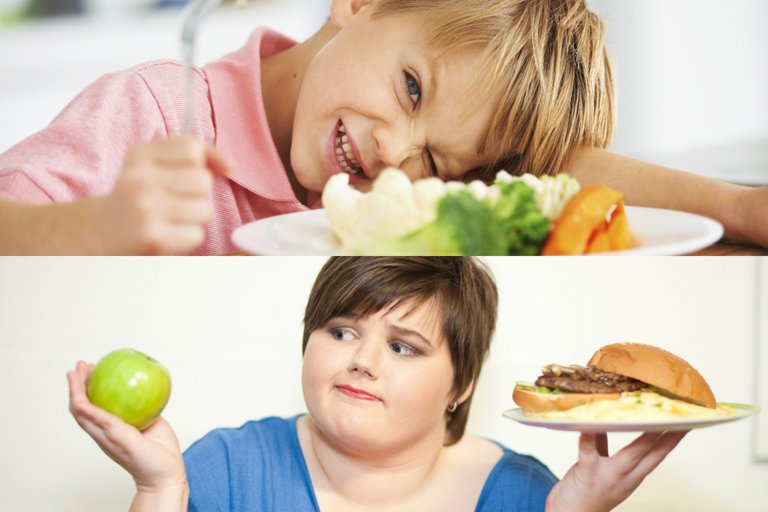
"Close to a billion people - one-eighth of the world's population - still live in hunger. Each year 2 million children die through malnutrition. This is happening at a time when doctors in Britain are warning of the spread of obesity. We are eating too much while others starve."
― Jonathan Sacks
Most people think that when you talk about malnutrition, you are referring to that skinny child in a backwater part of a third-world country with a sagging bottom and straggly hair who has an empty bowl in their hand with a sorry look on their faces. Malnutrition does not mean just that, and it has many faces. Malnutrition simply refers to any situation where there is an imbalance between nutrition needs and intake of required nutrients, calories or proteins.
With respect to the above, malnutrition can therefore be sub-classified into over-nutrition and under-nutrition.
Over-nutrition would refer to a situation where there is an excess intake of calories compared to the body’s needs. This often leads to obesity. Obesity in itself could be regarded as a problem due to social norms and the culture, but more commonly encountered in the clinical situation are the complications associated with this condition – increased risk of cardiovascular events like strokes, heart attacks; an increased risk of diabetes; a difficult bodily habitus which can result in numerous skin conditions. Now, this has been regarded as the scourge of ‘developed’ nations but is slowly becoming a problem in ‘developing’ and ‘under-developed’ countries. A reduction in physical activity and a slow transition towards the sedentary lifestyle can be one of the major reasons why this is happening.

This has resulted in the World Health Organization’s focus on non-communicable diseases as it has been noted that NCDs are occurring in epidemic proportions and seem to be on a continued increase.
Undernutrition on the other hand is simply a situation where there is inadequate intake of these nutrients and can result in one of two conditions – Marasmus or Kwashiokor, and in some instances, a combination of both.
Marasmus can be broadly said to be resulting from a deficiency of calories, while kwashiorkor occurs with a concurrent deficiency of important body proteins.
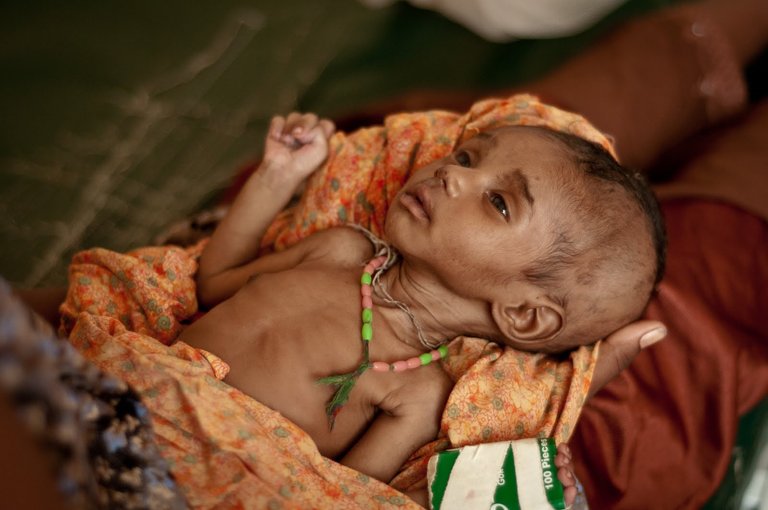
What causes malnutrition?
As mentioned previously, malnutrition occurs due to excess or inadequate intake of nutritients
Excess intake – due to an excessive intake of calories, more than the body can utilize, a lot of it gets converted, through a couple of pathways in the body to fats, these are incorporated into molecules called lipoproteins and transported to various parts of the body where they are stored – liver, subcutaneous tissue, muscle which manifests apparently as increased weight.
Inadequate intake – A reduced intake of calories results in the body utilizing its stores of sugar, and in a bid to stay alive, it starts to look for other sources of nutrients. In the absence of glucose/sugar, the body moves on to other sources of energy, first fat, then protein, and this results in the skinny look we see in most children with marasmus. Kwashiokor on the other hand is a gross deficiency of relevant body proteins which is considered a more dangerous version of malnutrition because of the increased mortality in this group of individuals. The body proteins are responsible for regulating the flow of water in and out of the blood vessels to the space between cells (called the interstitial space). In the absence of the proteins, ‘water’ moves freely into the spaces, resulting in the characteristic swelling that is observed.
You would recognize kwashiorkor as a situation where the child is grossly swollen, looking like a bloated ball. In very severe cases, standard screening techniques for marasmus would miss cases like this which is why there is also a screening test for kwashiorkor in places where malnutrition is above the emergency threshold.
How does nutrition affect us – the child and the society at large?
In whichever form it comes in nutrition can affect us in various ways. Obesity for instance with its increased risk of certain diseases, from cardiovascular risks like hypertension, strokes and coronary heart disease to endocrine conditions like type 2 diabetes to other various conditions including death, results in massive economic losses due to increasing healthcare bills as well as a loss in man-hours when time is otherwise spent in a hospital. Undernutrition, which affects more commonly children under-five, with a massive impact on children under 2 years of age, a period which is regarded as the ‘make-it-or-break-it’ period in a child’s life can have massive consequences on the development of children in the future, especially mentally, and this generally results in poor cognitive performance in and out of school.
In the short term, malnutrition results in a debilitated immune system, causing increased exposure to otherwise preventable diseases and resulting in increased mortality and death from these diseases. This also applies to the concept of exclusive breastfeeding, but this is something I could write on some other day if there is an interest.
Some might wonder, what does it matter if there is increased disease and mortality in children? This would result in the loss of a future generation that would otherwise have contributed greatly to the economic development of their various countries and the world at large. Low cognitive development means that these children might not fit anywhere else, and would simply become a burden to the society, economically and socially as they might end up as social miscreants.
How is malnutrition measured?
In adults, the first indication of over/under nutrition is the Body Mass Index (BMI) of the individual. This is measured by dividing the persons weight in kilograms by the square of his/her height in meters.
BMI (kg/m^2 ) = Weight (kilograms)/Height^2 (meters^2)
The math html codes do not seem to work here
The following table shows the different values BMI ranges and how they are categorized based on weight
| BMI | Weight category |
|---|---|
| <15 | Severely anorexic |
| 15 – 18.9 | Underweight |
| 19 – 24.9 | ‘Normal’ |
| 25 – 29.9 | Overweight |
| 30 – 39.9 | Obese |
| >40 | Morbidly obese |
In children, other indices are used to measure malnutrition. As a standard, the WHO Z-score, which is measured from the weight-height index is a score used by professionals to determine whether a child is malnourished based an already established relationship between the weight, height and age of a child, and this is checked against a reference chart which shows the various percentiles for age. However, BMI can be higher in athletes with high muscle mass and this is not considered obesity, other health indices should be checked by a health professional.
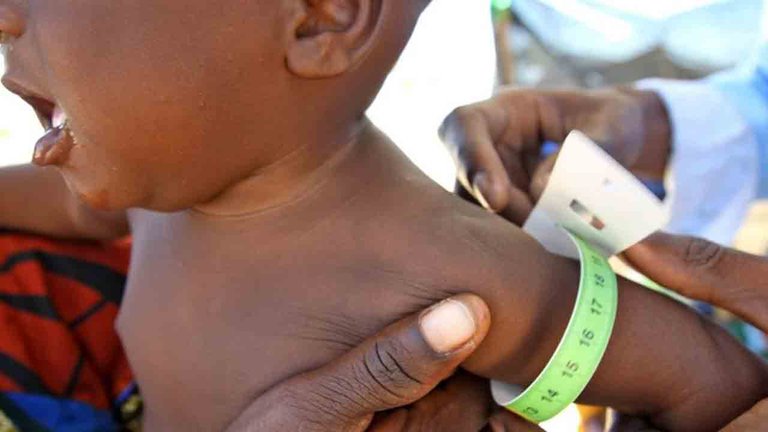
In emergency scenarios, something called a Mid-Upper Arm Circumference (MUAC) is used to determine if a child is malnourished or not. This can help identify children with marasmus and can only be used in children 6 – 59 months. There are several setbacks to this method, but it is one of the quickest ways, especially for people working in an emergency who may have very limited knowledge.
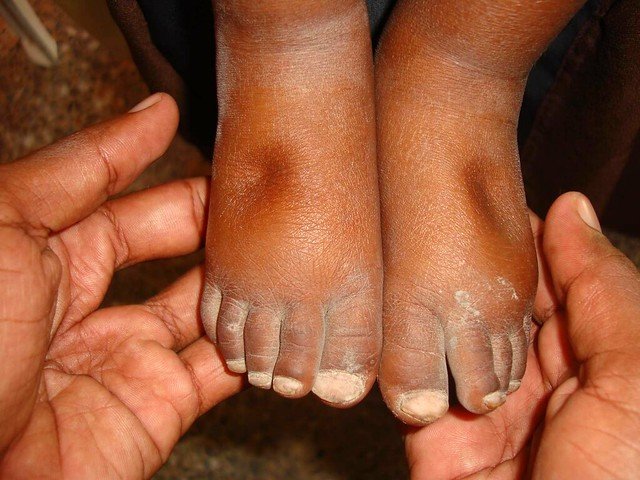
To identify kwashiokor, the child’s feet are softly pressed to check for oedema, however this is grossly insensitive as it could be indicative of other conditions and is only used in emergency situations for quick identification.
How is malnutrition treated?
“Malnutrition can be as common in poverty as in wealth, one for the lack of food, the other for the lack of knowledge of food.”
― T.K. Naliaka
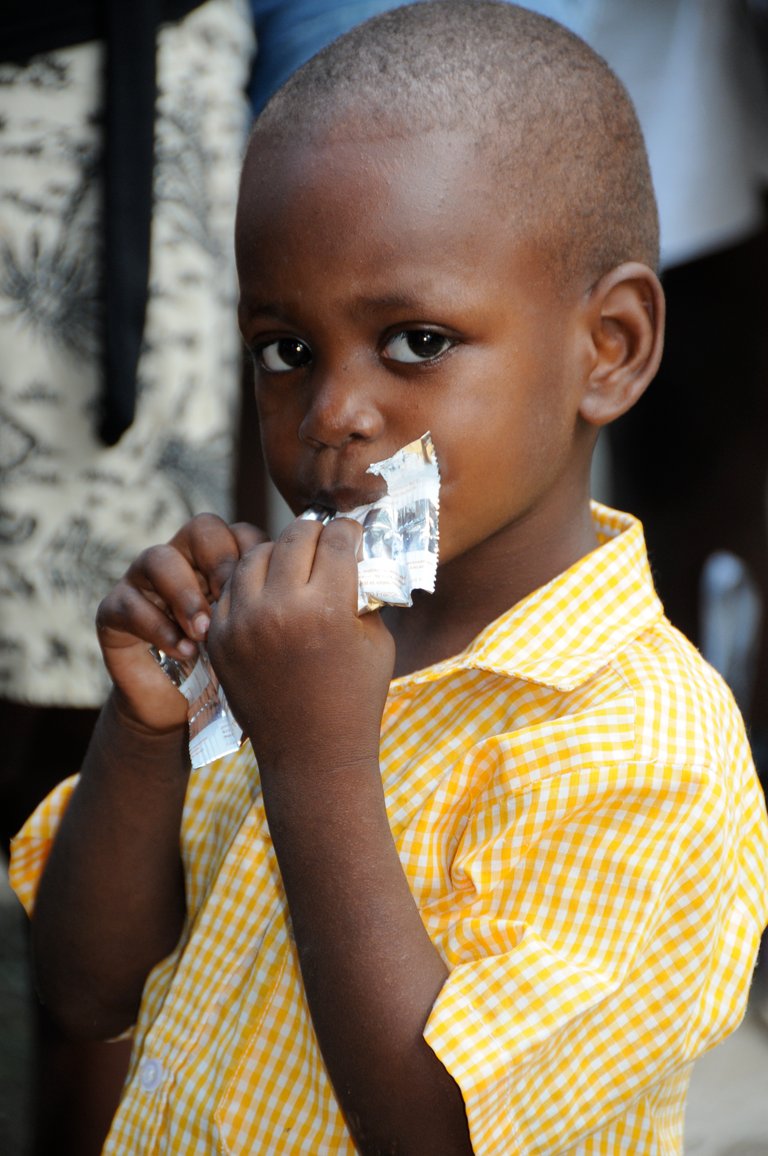
There is hope however, a lot of non-governmental organizations are engaged in intervening in child nutrition to ensure that the impact of under-nutrition worldwide. These vary from community sensitization exercises, to targeted feeding programs to specialized out-patient and in-patient services depending on the context.
With funding from private and larger institutional and government donors, these interventions are made possible and have gone a long way to reducing the scourge of malnutrition. This is also in addition to partnerships between institutional donors and governments to provide services that cater to this sub-group of individuals. You, in your own little way can also contribute to this response. Find a non-governmental organization whose work you trust in and donate something. I will not recommend any, so I do not bring any bias. Do your own research 😊
As little as $1 can make a difference in the life of a child.
Your advocacy too can go a long way!!!
"The dual scourge of hunger and malnutrition will be truly vanquished not only when granaries are full, but also when people's basic health needs are met and women are given their rightful role in societies."
― Gro Harlem Brundtland
In addition to this, there has been a lot of advocacy regarding the benefits of exercise and weight loss regimens for overweight individuals. You too can engage in this advocacy to mitigate the impact of over-nutrition.


All images have been culled from google and are not my own work, except the re-steem banner